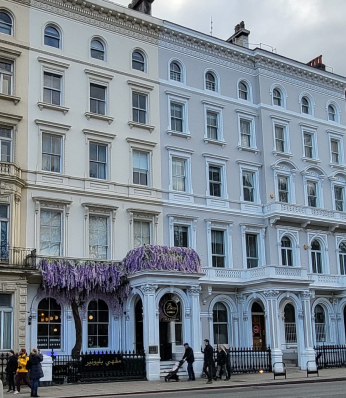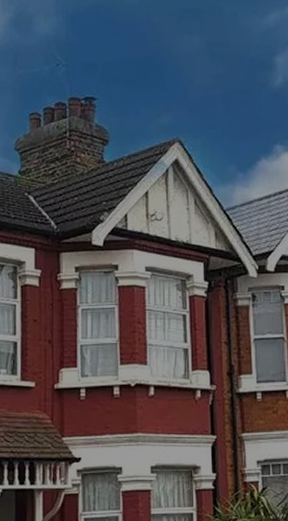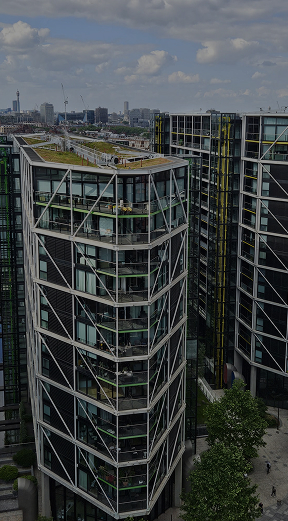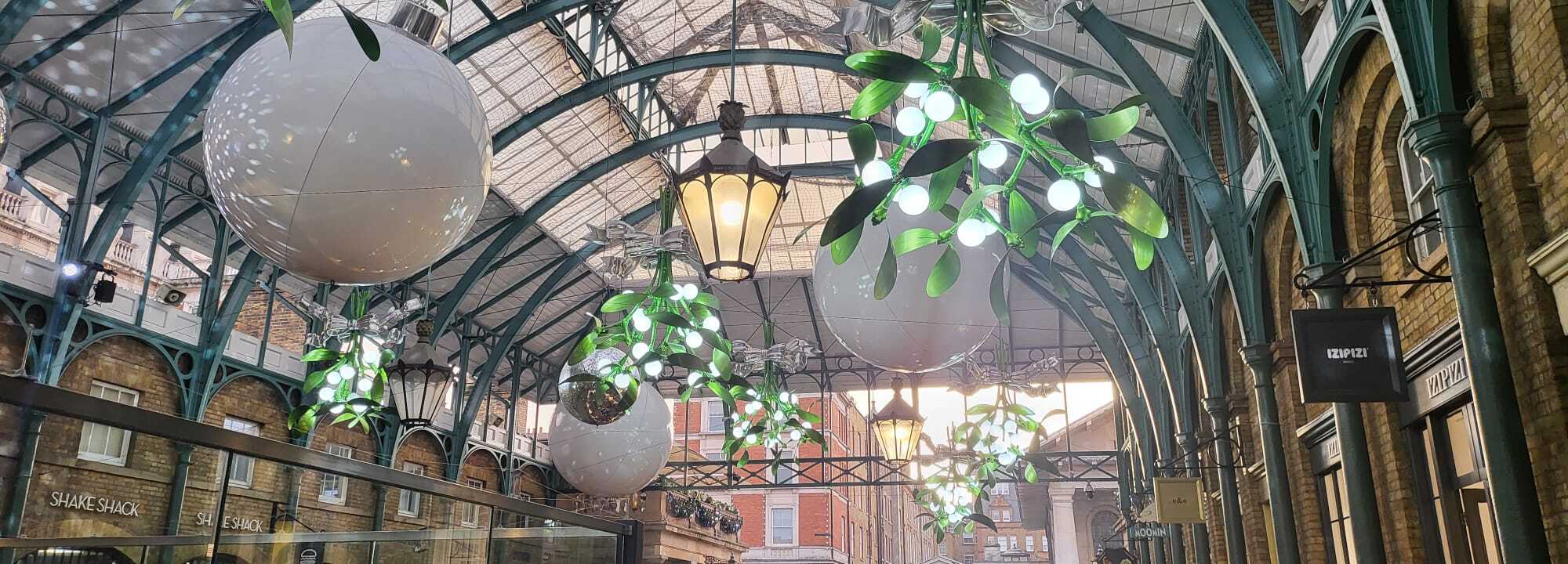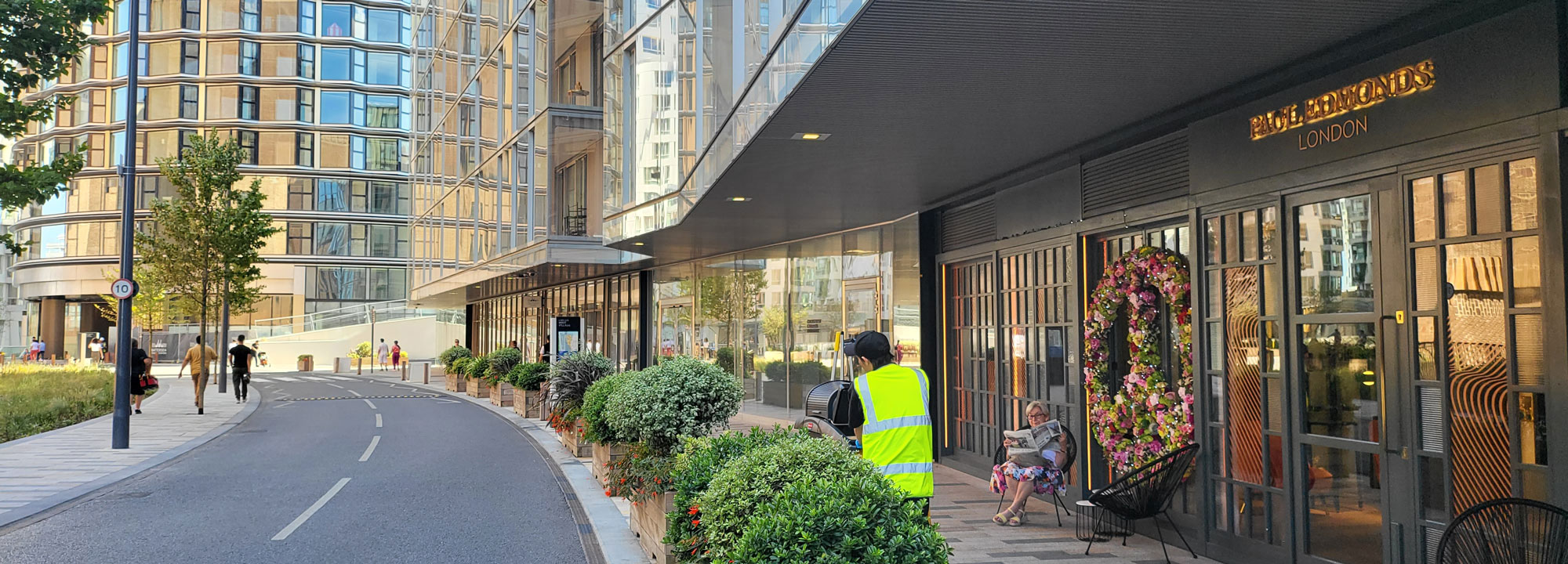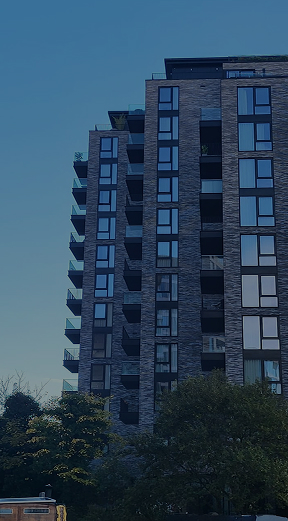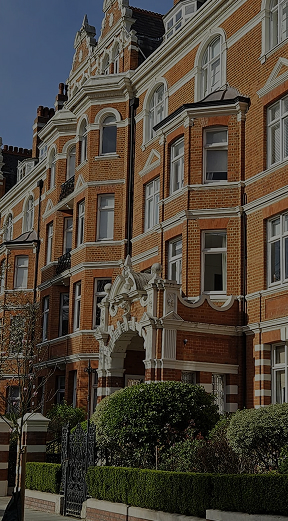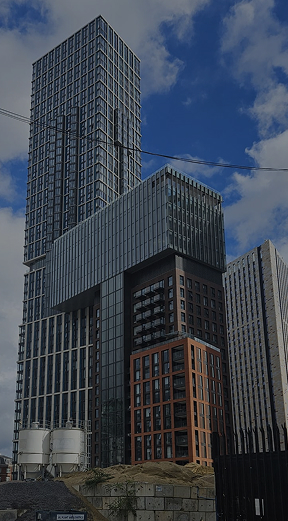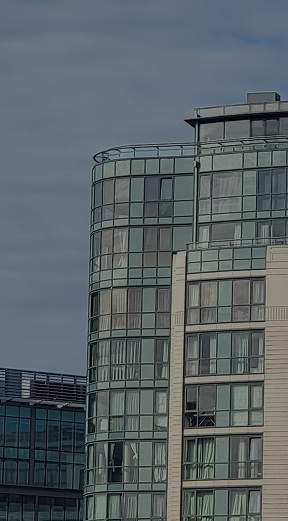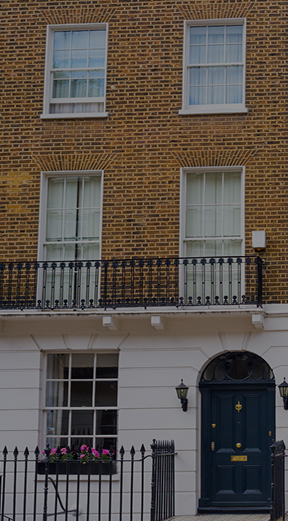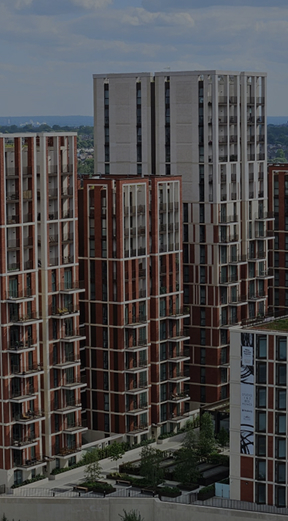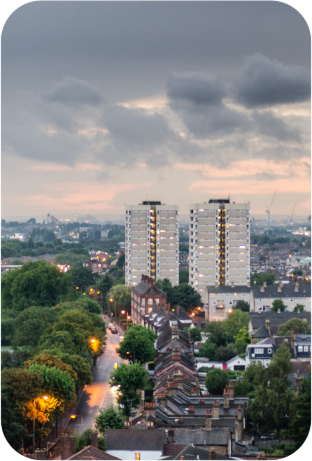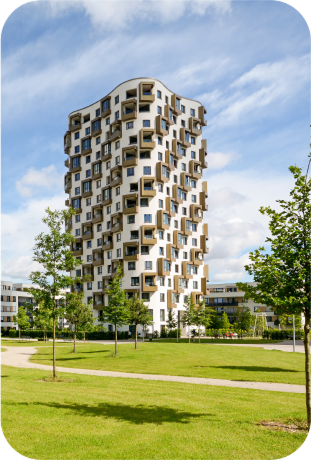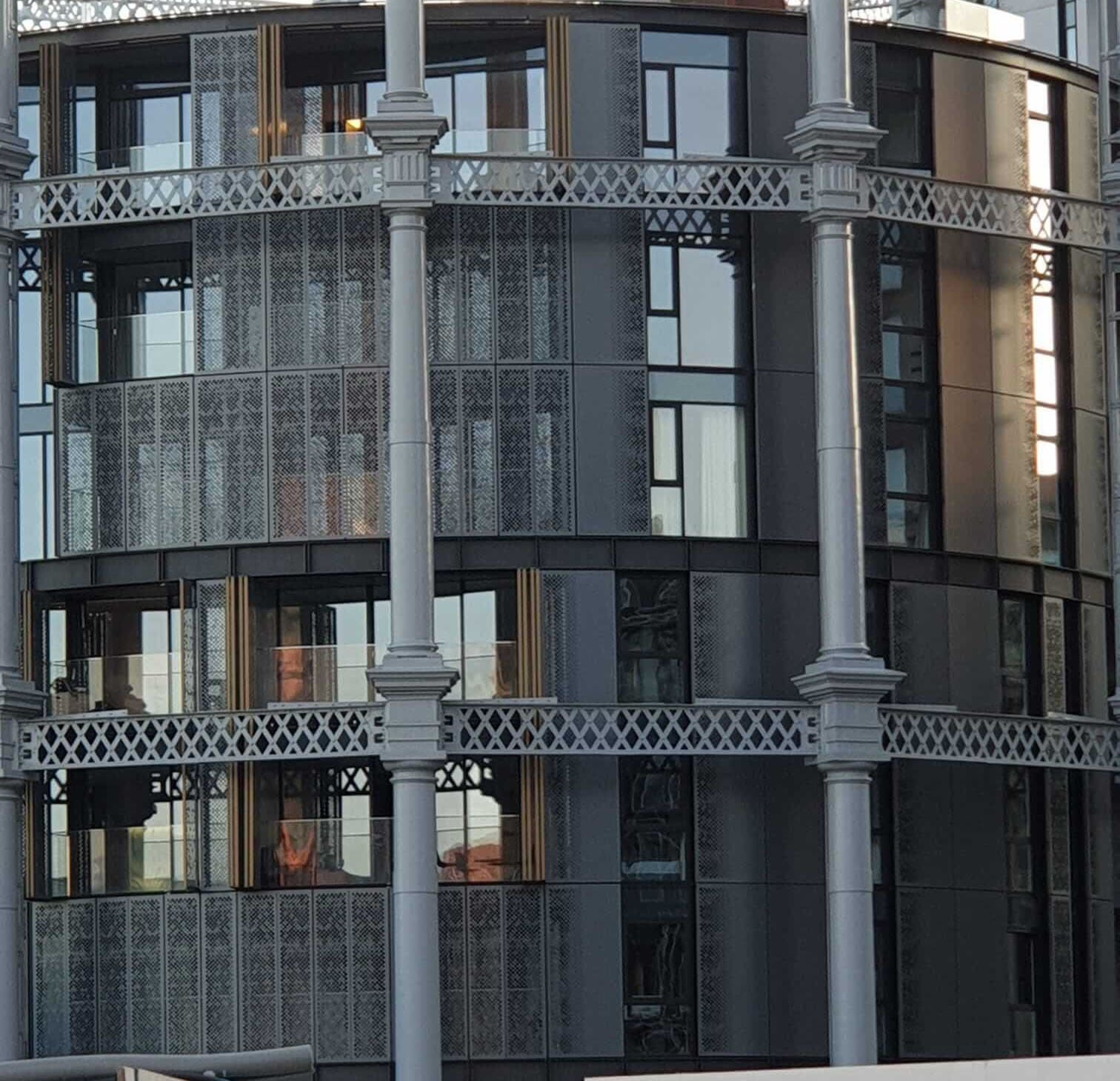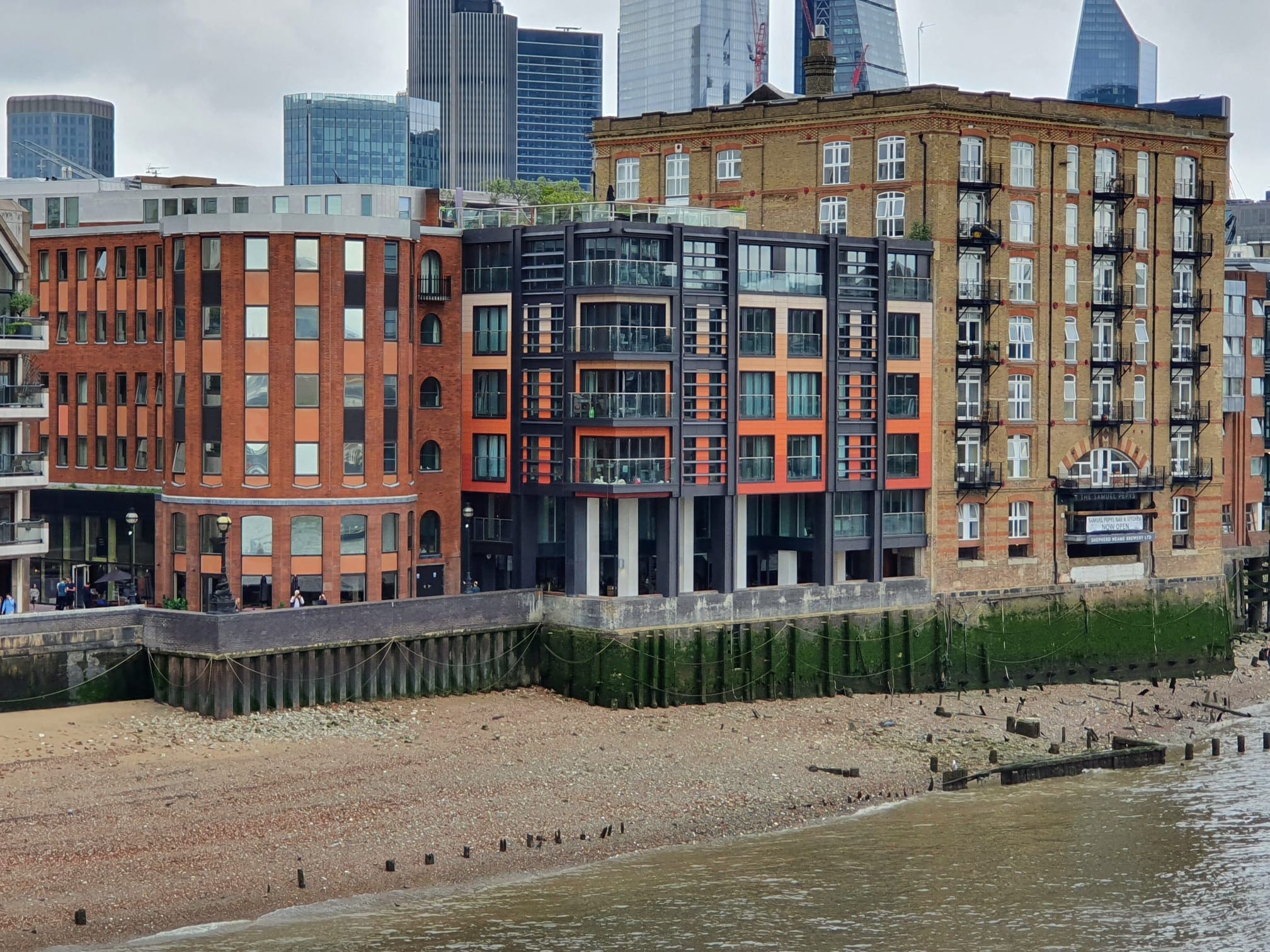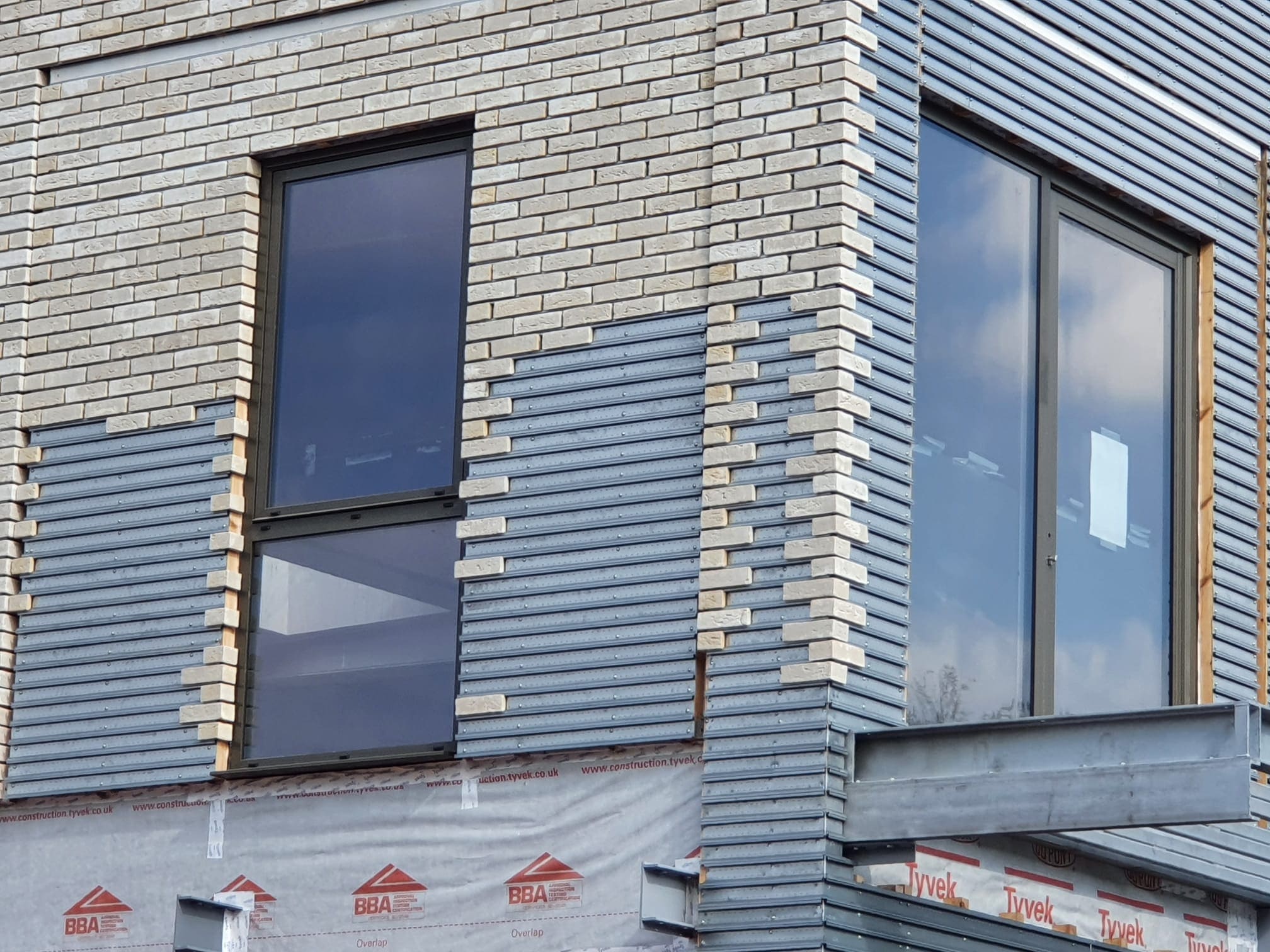What is compartmentation and what materials are used to separate compartments with a building?
The word compartmentation is used to define the fire separation between escape routes and between flats. A compartment is simply a part of a building bounded by walls and floors that will resist the passage of fire for a specified period of time. All penetrations through walls and floors including doors, windows, ducts, pipe penetrations, must be suitably fire sealed so as not to compromise compartmentation. Compartmentation minimises the likelihood of fire spreading:
• from a flat to the escape routes (common parts),
• from flat to flat,
• beyond communal rooms and facilities, such as plant rooms and bin stores,
• via concealed voids, including external wall cavities,
• via common service risers and ducts,
• via rubbish chutes,
• via lifts,
• from any car-parking areas below,
• from other occupancies where the block is part of a mixed use development e.g., above shops or a hotel.
The integrity of a compartment depends on:
1) The physical construction of the walls, floors, ceilings and fire doors.
2) the fire stopping materials that stop the transmission of smoke and ultimately fire. Fire stopping materials comprise a range of materials and include:
· dampers (valve or plate that stops the flow or air),
· flanges (to form a projecting rim, collar, or rib effect to stop air flow),
· expanding foam and smoke seals (nylon pile rubber strips or brushes typically found around a doorframe or door to help prevent toxic smoke from passing through the gaps).
Fire stopping measures are made from special materials that have to perform in very high temperatures and many under heat deliberately expand to form as tight a smoke seal as possible. They are vital as smoke seals are very important in a building as smoke kills long before the actual fire will.
Compartmentation can be considered to be ineffective if either the physical construction of the walls, floors, ceilings and fire doors are below current building regulations and/or where fire stopping materials at openings and apertures are missing, insufficient, wrongly fitted, compromised or otherwise inadequate.
Social
Valuation Services provided by Ringley's Valuation Team
Block Management Packages
Legal Services provided by Ringley Law
Building Surveying Services
Meet our Expert Property Commentators
What is compartmentation and what materials are used to separate compartments with a building?
The word compartmentation is used to define the fire separation between escape routes and between flats. A compartment is simply a part of a building bounded by walls and floors that will resist the passage of fire for a specified period of time. All penetrations through walls and floors including doors, windows, ducts, pipe penetrations, must be suitably fire sealed so as not to compromise compartmentation. Compartmentation minimises the likelihood of fire spreading:
• from a flat to the escape routes (common parts),
• from flat to flat,
• beyond communal rooms and facilities, such as plant rooms and bin stores,
• via concealed voids, including external wall cavities,
• via common service risers and ducts,
• via rubbish chutes,
• via lifts,
• from any car-parking areas below,
• from other occupancies where the block is part of a mixed use development e.g., above shops or a hotel.
The integrity of a compartment depends on:
1) The physical construction of the walls, floors, ceilings and fire doors.
2) the fire stopping materials that stop the transmission of smoke and ultimately fire. Fire stopping materials comprise a range of materials and include:
· dampers (valve or plate that stops the flow or air),
· flanges (to form a projecting rim, collar, or rib effect to stop air flow),
· expanding foam and smoke seals (nylon pile rubber strips or brushes typically found around a doorframe or door to help prevent toxic smoke from passing through the gaps).
Fire stopping measures are made from special materials that have to perform in very high temperatures and many under heat deliberately expand to form as tight a smoke seal as possible. They are vital as smoke seals are very important in a building as smoke kills long before the actual fire will.
Compartmentation can be considered to be ineffective if either the physical construction of the walls, floors, ceilings and fire doors are below current building regulations and/or where fire stopping materials at openings and apertures are missing, insufficient, wrongly fitted, compromised or otherwise inadequate.
Valuation Services provided by The Ringley Group
Meet our Expert Property Commentators
